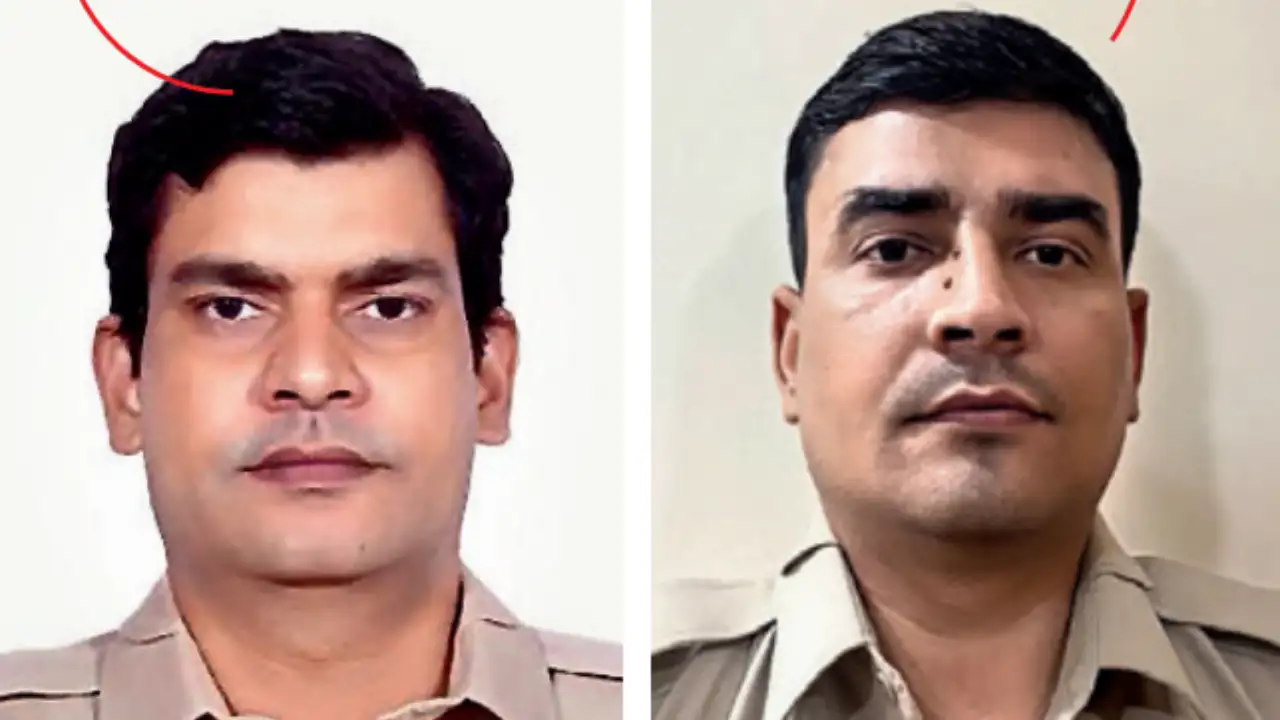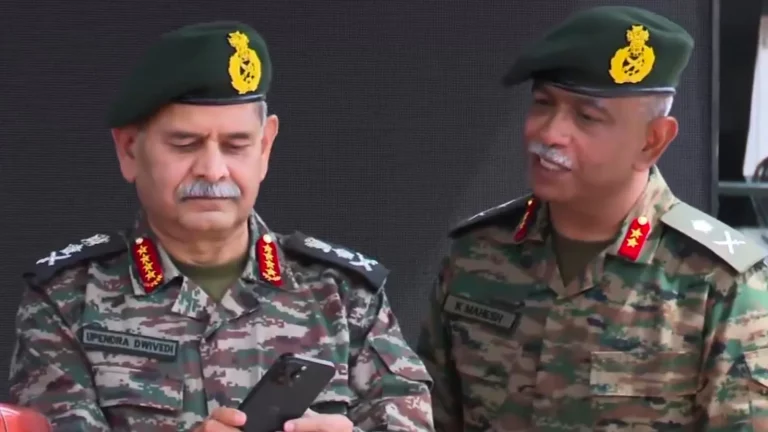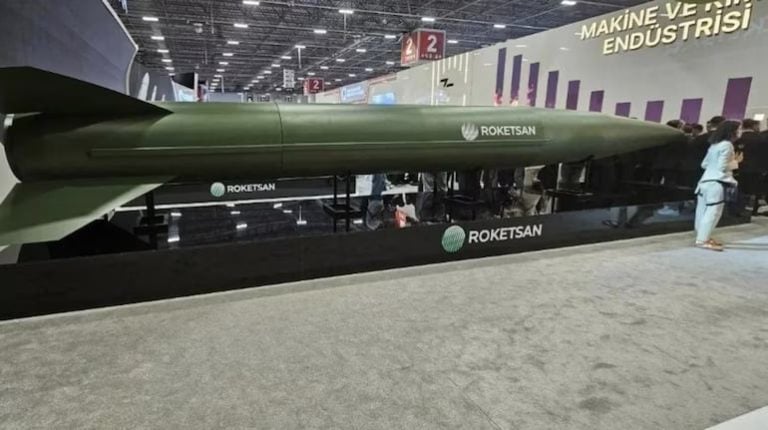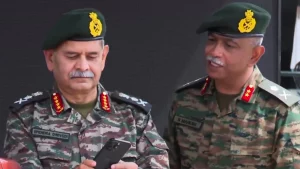With determination and tenacity, two officers from Delhi’s Anti-Human Trafficking Unit (AHTU) have made remarkable strides in reuniting missing children with their families. Over the past 11 months, Assistant Sub-Inspectors Rajdeep and Nirdesh Panwar have successfully brought home 223 children, demonstrating an extraordinary commitment to their cause.
The officers operate across a vast geographical area encompassing eight states, including Jammu, Uttar Pradesh, Chhattisgarh, Madhya Pradesh, Bihar, Punjab, Rajasthan, and Haryana. Their efforts span more than 70 police stations, working tirelessly through daunting challenges such as language barriers, incomplete information, and unresolved cases stretching back years.
Their investigative work often begins with minimal leads—a name or an old case file can serve as a starting point. Utilizing a combination of technology and traditional detective work, they scour national databases such as the Crime and Criminal Tracking Networks and Systems (CCTNS) and ZIPNET. The officers then follow digital trails, examining CCTV footage, making countless inquiries, and reaching out to families to track down the missing.
The officers have earned recognition for their dedicated service, resulting in out-of-turn promotions from head constables to assistant sub-inspectors, with Rajdeep having rescued 112 children and Panwar closely following with 111. Their efforts have not gone unnoticed, with DCP (Shahdara) Prashant Priya Gautam praising their contributions and the significant impact of their recoveries.
Every day for Rajdeep and Panwar begins at 6 am as they dive into databases for new reports and cold cases. Their work is marked by numerous obstacles, which include invalid phone numbers, families that have since relocated, and the scarcity of current photographs. “Language is often a barrier too,” acknowledged Panwar, explaining the adjustments they must make in regions where they are less familiar.
Once a potential case is identified, the officers conduct ground visits to gather information about the child’s background, which leads them into extensive investigations. They meticulously analyze call records, mine social media platforms for clues, and review hours of CCTV footage, as a single blurry image or a location tag can sometimes provide the breakthrough they need.
When digital avenues lead to dead ends, both officers fall back on traditional investigative tactics. This includes door-to-door searches, inquiries with local shelters, and collaboration with NGOs and local law enforcement. “We’ve reviewed over 200 cameras for a single case. You’re often chasing a flicker of movement, a hint of a face. But that one frame can change everything,” Rajdeep said.
The timeline for solving cases can vary significantly—some children are located in days, while others may remain missing for years. Notably, one 14-year-old girl was discovered alone at a train station in Jammu after her journey from Delhi was painstakingly tracked, while another case involved a girl who had been missing since 2017 and was finally found this year in Saharanpur, now 22 years old.
Panwar emphasized the uniqueness of each situation, stating, “Some kids ran away, others were trafficked or abducted. We never assume. Every child deserves the same effort.”
For both officers, their roles extend beyond their professional responsibilities; they draw personal motivation from their own experiences as parents. The emotional reward of witnessing a child reunited with their family serves as a powerful reminder of the importance of their work. “The moment when a parent hugs their child again… that’s what we work for. That’s what keeps us going,” Rajdeep expressed.
Through relentless chase, tireless hours, and unwavering dedication, these two officers continue to forge paths back to safety for those who have been lost, embodying a profound commitment to protecting vulnerable children and restoring familial bonds.



















